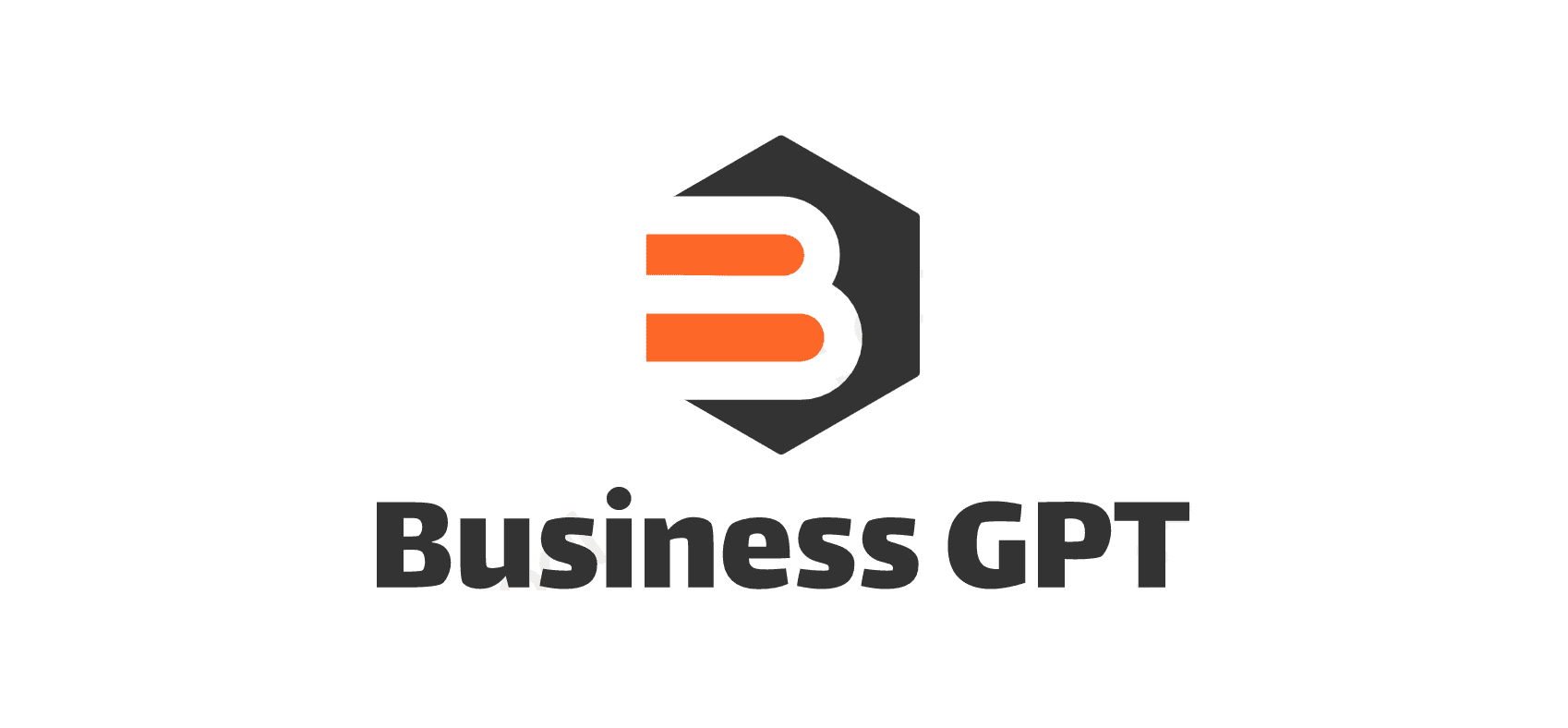Dark Soy Sauce: A Culinary Workhorse with Ancient Roots

In the realm of Asian cuisine, dark soy sauce stands as a culinary workhorse, its rich flavor and transformative qualities making it an essential ingredient. Known in Chinese as lǎo chóu (老抽), this deeply colored sauce adds a complexity and visual appeal unmatched by its lighter counterpart. Let’s explore its ancient origins, the secrets behind its production, and its near-magical ability to elevate dishes.
The Journey from Soybean to Sauce
Dark soy sauce begins its journey with the humble soybean, much like other soy sauces. However, its path diverges during fermentation. Traditional production methods involve a longer fermentation process, often with the addition of caramel or molasses. This extended fermentation gives dark soy sauce its signature characteristics: a syrupy consistency, significantly darker color, and a milder, slightly sweet flavor compared to light soy sauce.
Where Flavor and Functionality Meet: Dark Soy Sauce in the Kitchen
Within Chinese cuisine, dark soy sauce holds a place of distinction, used primarily for two essential purposes:
- Color Enhancer: A touch of dark soy sauce infuses dishes with a beautiful, deep color reminiscent of mahogany wood. It transforms braised meats into glistening masterpieces and adds a visual richness to stir-fries and sauces.
- Flavor Booster: While its role as a coloring agent is crucial, dark soy sauce’s true magic lies in its flavor profile. The long fermentation develops a pronounced umami character—that savory, satisfying taste that adds depth and complexity. Additionally, the subtle sweetness helps balance salty and acidic components, creating perfectly harmonious dishes.
Beyond the Basics: Culinary Applications
Dark soy sauce shines in numerous applications:
- Marinades and Braises: Its depth of flavor makes it ideal for long-simmered dishes and flavorful marinades.
- Stir-fries: Adds both color and a savory foundation to quick and delicious stir-fries.
- Dipping Sauces: Enriches dipping sauces for dumplings, spring rolls, and other savory bites.
- Noodles and Rice: Brings a visual and flavor boost to noodle and rice dishes.
In Search of Substitutes
While the unique characteristics of dark soy sauce make it hard to fully replicate, but here are some substitutes for dark soy sauce that you must try:
- Light Soy Sauce + Molasses: Combine these two for a passable, though less complex, substitute.
- Tamari + Sweetener: Tamari, a gluten-free soy sauce, can be mixed with a tiny bit of sweetener for a similar effect.
- Oyster Sauce + Soy Sauce: This combination offers some umami depth but lacks the intensity of dark soy sauce.
In Conclusion
Dark soy sauce is the unsung hero of many beloved Chinese dishes. Its ability to enhance both the appearance and flavor profile of food makes it a true culinary powerhouse. Whether you’re a seasoned home cook or simply curious about Asian flavors, dark soy sauce is a worthy addition to your pantry, opening doors to a world of authentic and delicious possibilities.
For more, visit the rest of our blog.




